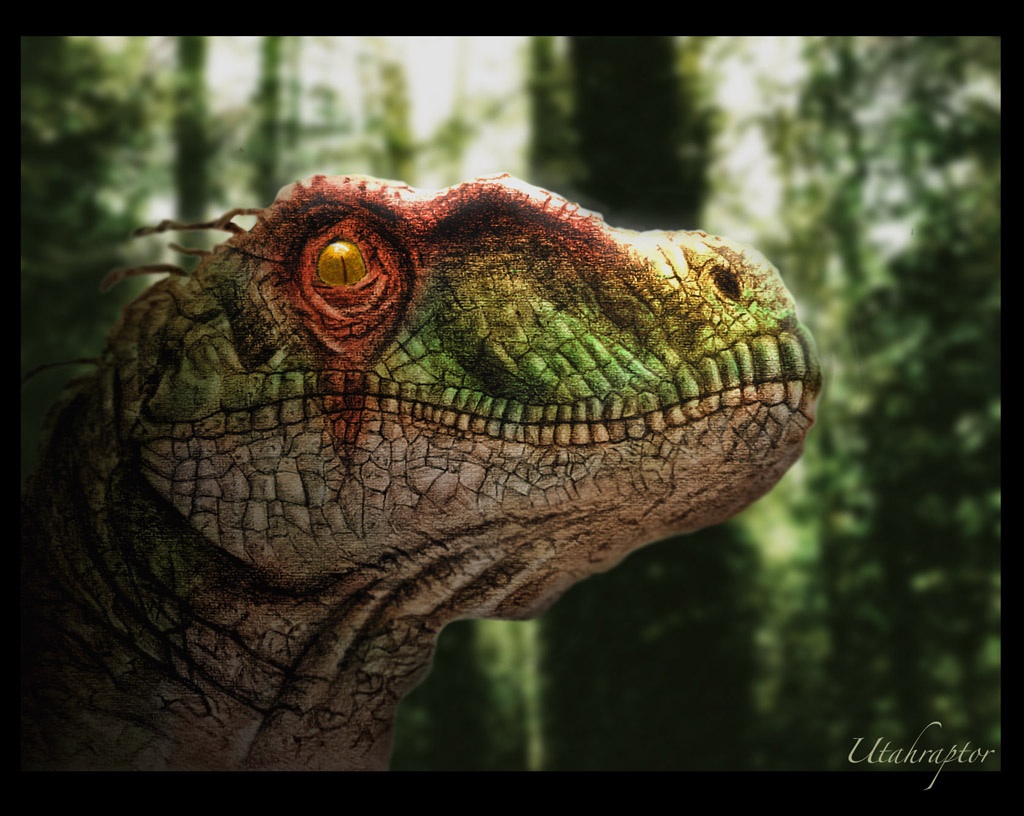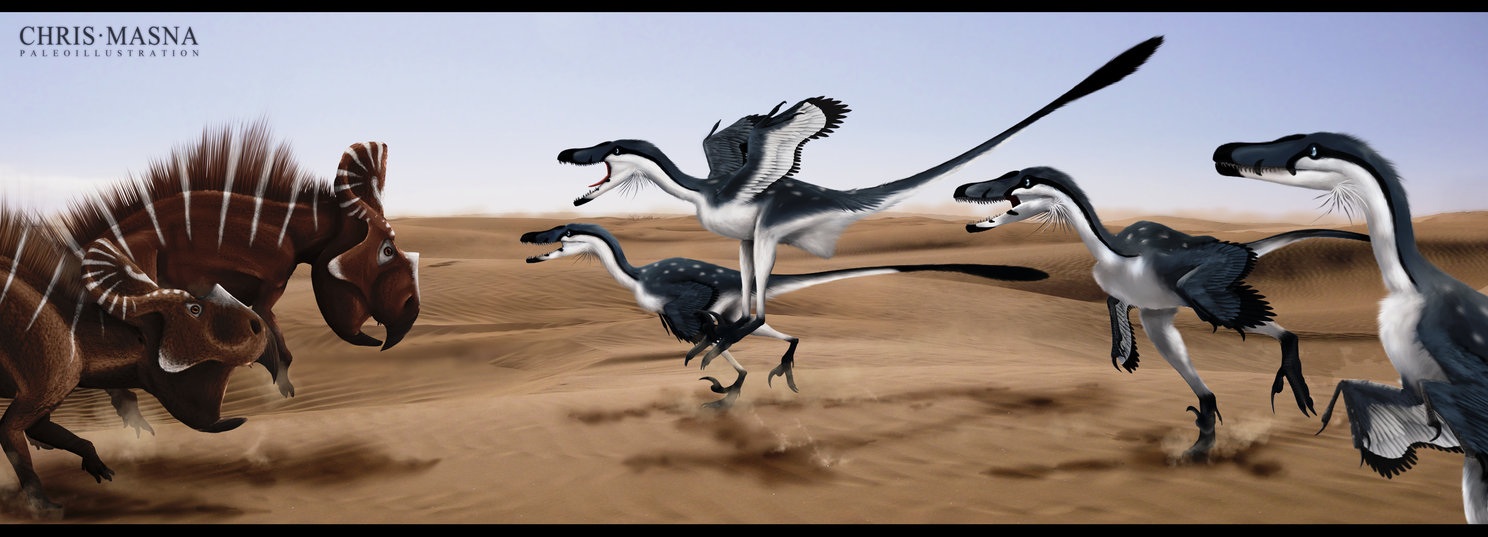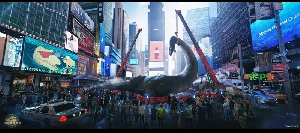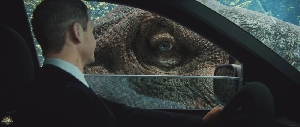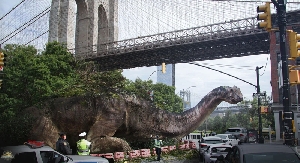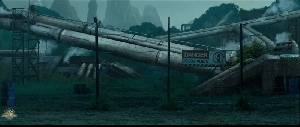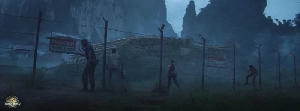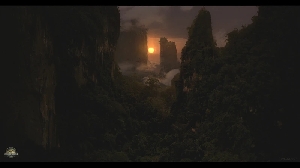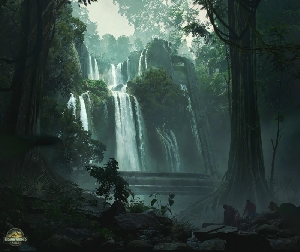The dwarf dinosaurs of Transylvania - and their turkey-sized 'apex predator'
Dinosaurs Forum Topic

Rex Fan 684
MemberCompsognathusAug 25, 20131717 Views16 Replies[img]http://www.walkingwithdinosaurs.com/suploads/magyarosaurus-800_medium.jpg[/img]
A time-traveller transported to the end of the Cretaceous period in what is now western Romania would have encountered a truly tropical idyll. About 70 million years ago, the area was covered in a lush vegetation of ferns, exotic bushes and occasional palm trees, dotting the banks of fast-flowing rivers and small ponds. It was all strikingly different from the region’s present-day mountainous landscape of beech and pine forests.
But the largest differences our time traveller might have noted concern the animals that populated this exotic environment. Dinosaurs, including plant-eating sauropods and ornithopods and predatory dromaeosaurs, moved through the understory, either feeding on the plants or pursuing their prey, both small and large.
Or at a closer glance - both small and… small. Few of the hunted plant-eaters is larger than any of the surrounding bushes, while the hunter itself is only turkey-sized, although bearing an impressive armoury of two scythe-like killing claws on its feet.
On seeing these tiny animals, the time traveller might suddenly feel like Jonathan Swift’s Gulliver, washed ashore in a dinosaurian Lilliput.
Dinosaurs are often stereotyped as huge prehistoric creatures, the largest animals that ever walked the Earth. And they indeed included many gigantic species such as the herbivorous Argentinosaurus, or the carnivorous Carcharodontosaurus.
But dinosaurs, just as any other group of animals, came in all shapes and sizes. Some of the smallest ‘true’ - or non-avian - dinosaurs did not exceed half a metre in length (like the Chinese Microraptor, which really lived up to its name). And, as birds themselves are their descendants, dinosaurs also include some of the smallest vertebrates to have ever lived, such as the 5cm-long bee hummingbirds.
So it is not unexpected to discover small dinosaurs in every corner of the world. What is unexpected is that in Romania 70 million years ago, the small dinosaurs are not associated with larger ones. Both plant-eaters and meat-eaters are minute, scaled-down versions of those living elsewhere. What might have happened to these dinosaurs?
The Cretaceous was a time of warm temperatures and high sea levels, a very different world from our own. Almost all of Europe was covered by shallow seas, which to the south became the deeper Tethys Ocean.
Mountain chains stretching across southern Europe, like the Pyrenees, the Alps, or the Carpathians, were still far from completion. In their stead, the huge expanses of the warm, tropical waters of Tethys were dotted with many small and large islands.
Over geological time, these islands shifted and drifted, grew and shrunk, coalesced and fragmented, turned green or went barren - as dictated by a complex interplay of plate tectonic movements, oscillating sea levels, and climate changes. Animals (including dinosaurs) and plants colonised these islands from nearby continents when sea levels fell, then became stranded on them when the waters rose again.
And that’s where the story of the dwarf dinosaurs begins. Isolated in their new island home, the immigrant dinosaurs faced novel, often more severe living conditions.
These included restricted resources, increased competition with native species, but decreased competition from mainland siblings, lower predator pressure, and possibly reproductive shortcomings due to the small size of founder populations.
In order to cope with these new conditions, one solution was to reduce body size (to ‘dwarfen’) so as to more easily accommodate lower food and area availabilities. But body size changes also aided island survival in other ways. These included adjusting reproductive strategy and the pathway of individual development, avoiding competition, or maximising the efficiency of energy expenditure.
It is well-known that this path was taken by island-dwellers from more recent times, such as the dwarf elephants, mammoths, and hippos of the Mediterranean islands of Crete, Sicily or Cyprus. Or the ‘hobbit men’ of the Indonesian island of Flores.
And recently, we also learned that the small dinosaurs of Romania - such as the ornithopod Zalmoxes, the duckbill Telmatosaurus, or the titanosaur Magyarosaurus (pictured above) - went the same way. They were not simply juveniles of some large dinosaur species. Instead, they reduced their body size to better adapt to their new island habitat.
A quick look at the Romanian dinosaurs shows they were truly spectacular, and not only due to their small body sizes. Apparently, Telmatosaurus was not so very different from cousins such as Edmontosaurus or Tsintaosaurus, who lived in North America and Asia at more or less the same time, except that it was much smaller. With its length of about 4m, it barely reached half the size of most other duckbills, if that.
Telmatosaurus might also have laid fewer eggs per clutch. This was an essential shift in reproductive strategy, allowing these tiny hadrosaurs to maintain the relatively large size of the eggs themselves (which meant relatively large hatchlings), while not taxing the resources of the mother to the extreme during the reproductive season.
Zalmoxes, the other Romanian ornithopod, is not so small, relatively speaking, although it was still a dwarf. It reached between half and two-thirds of the body size of close relatives living in Spain and France. But it was built more robustly: a chunky little herbivore, so unlike the general ornithopod body plan, but well suited for fast movement.
Most peculiar of all was the hunter - Balaur, an aberrant dromaeosaur first described just two years ago. It was not particularly small compared to relatives like the Asian Velociraptor or the North American Saurornitholestes. But it was different: apparently more robust, with two-fingered hands and four-toed feet, bearing a pair of enlarged, sharp sickle claws – the hallmark feature of Balaur.
More subtle changes to its morphology include the extensive fusion of the bones in its hand and especially hindlimb. These are more reminiscent of conditions seen in island-dwelling mammalian herbivores than in anything dinosaurian.
Just as in the case of fossil dwarf hippos and goats, these modifications might have allowed Balaur a slower but more stable gait across the rugged, rocky terrain of the island it inhabited. Safety was favoured over speed: after all, the prey had no chance to escape in the long run. They were all living on an island…
But how can we be sure that these small dinosaurs were indeed dwarfed members of their groups, and not simply juveniles? Their bones tell the tale.
By looking at the microscopic inner structure of fossilised bones (the so-called osteo-histology), it is possible to work out how old the animal was when it died, how fast it grew, whether there were changes in its growth rate, or how active its metabolism might have been. The bones of the Romanian island dinosaurs suggest that they reached very small adult body sizes.
In a word, they ‘dwarfed’. And by doing so, they created this ‘Dinosaurilliput’, one of the many small dinosaur wonder worlds that recent research is starting to unravel in other parts of Europe as well, from Hungary to Germany and Italy.
"Men like me don't start the wars. We just die in them. We've always died in them, and we always will. We don't expect any praise for it, no parades. No one knows our names."
―Alpha-98
Replies to The dwarf dinosaurs of Transylvania - and their turkey-sized 'apex predator'
Hey Guest, want to add your say?
Are you an avid Jurassic World fan looking for a dedicated online community of likeminded fans? Look no further! Create your own profile today and take part in our forums and gain XP points for all the content you post!

